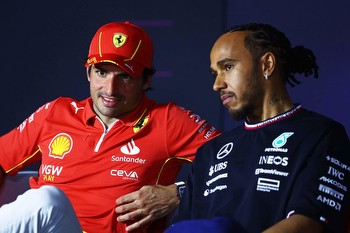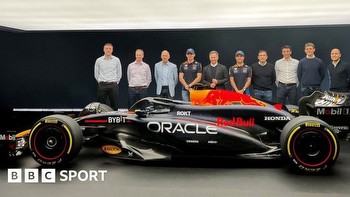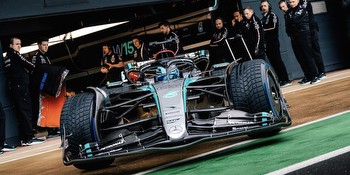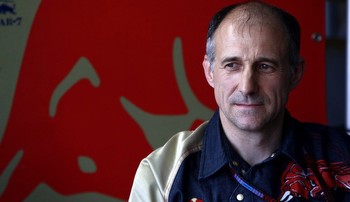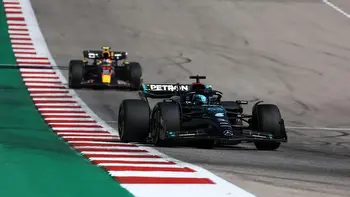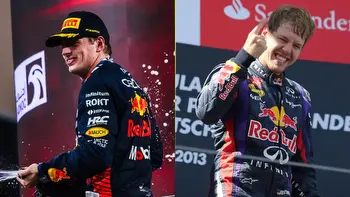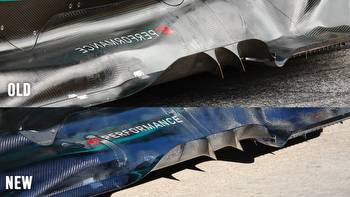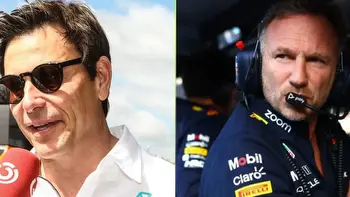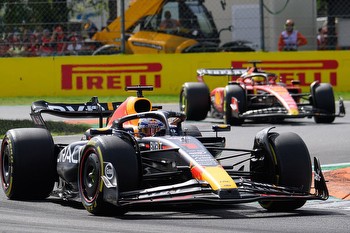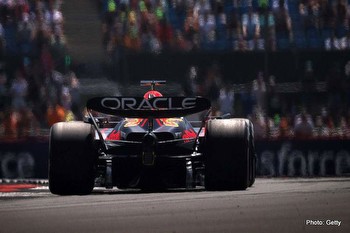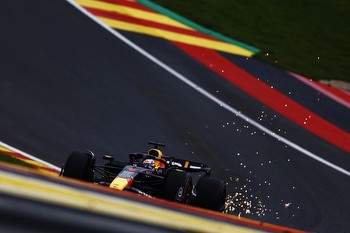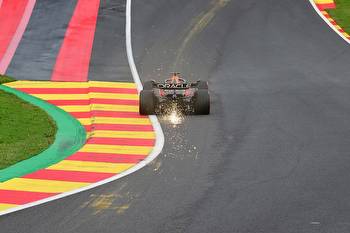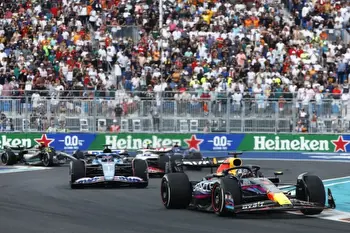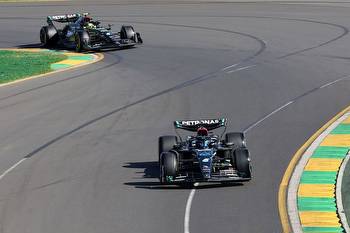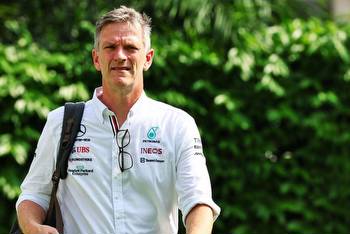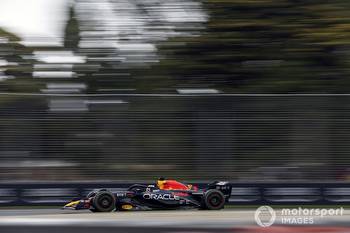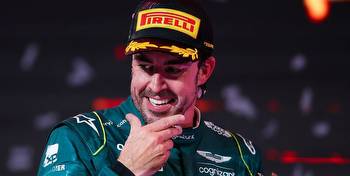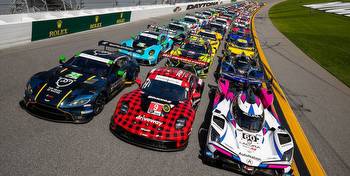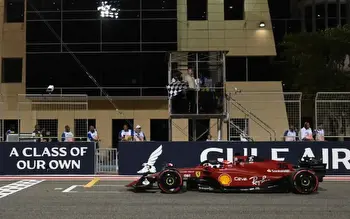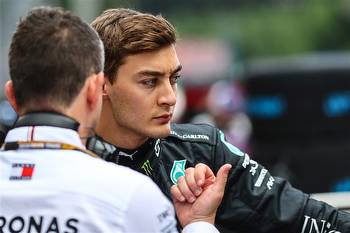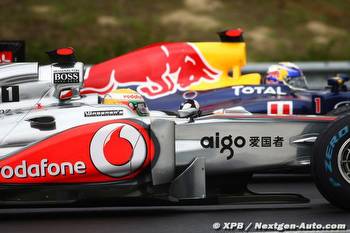Six things Mercedes must stop getting wrong in F1
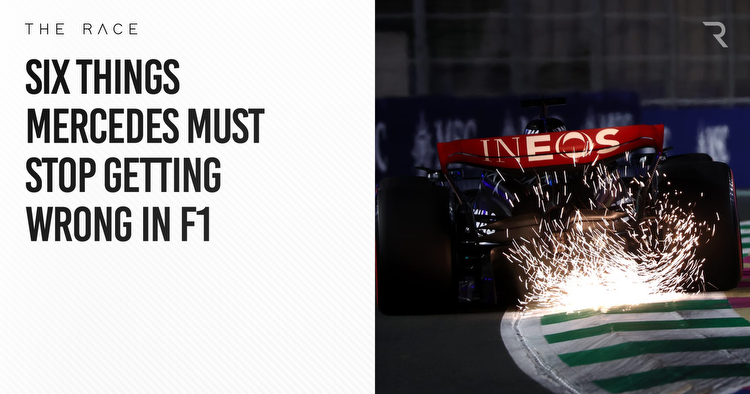
Mercedes can be forgiven its downturn in form after its supremacy from 2014 to 2021, but a third year in the doldrums in 2024 risks signalling a temporary blip is becoming a permanent decline.
Finishing third in the championship in 2022, then second last year is hardly disastrous, but for a team that racked up a combined total of 15 constructors’ and drivers’ titles prior to that, it’s a painful slump. The Mercedes W15 must set it back on the right path.
The new car won’t break cover until next month, but in anticipation of that, here are six key things Mercedes must avoid getting wrong if it’s to deliver on its own high expectations.
1 CAR ARCHITECTURE
The Mercedes W15 needs to have the fundamentals nailed from the start, eliminating the baked-in structural limitations that held it back last year.
These key structural decisions will long since have been taken and technical director James Allison has already confirmed there will be major changes.
“We will definitely have a new chassis, we will definitely have brand new front and rear suspension and gearbox,” said Allison. “None of those things will be the same.”
That’s not unusual, but it presents a significant opportunity for Mercedes to change aspects that limited the potential of its 2023 car. Even once it shifted development in this direction with the introduction of the major upgrade package in Monaco last year, those limitations remained.
As well as changes to the car’s suspension, it will build on the increase in front-end anti-dive that package introduced, as well as modifying the rear significantly the monocoque changes could also be crucial.
Not only will that allow Mercedes to modify the positioning of the mandatory side-impact structures, positioned to make the ‘zero-sidepod’ bodywork geometry possible, but it could also opt for a more vee-shaped chassis as introduced by Red Bull in ’22 and aggressively developed by it in ’23.
So what might be called the ‘skeleton’ of the car will change significantly in 2024, and Mercedes must get it right to avoid being boxed in for another season.
2 PLATFORM CONTROL
This generation of F1 cars is all about nailing the interaction of the aerodynamic characteristics and the mechanical platform. This is what makes the aforementioned changes to the front and rear suspension so important.
Improving the platform control was one of the objectives of the Monaco upgrade last year, but Mercedes could only take a small step in the direction it wanted by adding more anti-dive to the front suspension.
Changes at the rear were limited by the gearbox casing, which constrained Mercedes' ability to follow Red Bull’s more extreme anti-squat geometry. That was achieved by adding a structure to the top of the gearbox.
Mercedes can go the whole nine yards with the 2024 car, meaning it can put into practice the vast amounts of understanding it has built of how the aerodynamic characteristics and the mechanical platform interact.
“Quite a lot different,” said Allison when asked at the end of last year how much higher the level of understanding of the current generation of F1 cars was compared to 12 months earlier.
“We’ve got a much better handle on how you get the aero platform and the spring platform to be happier bedfellows. That is the main challenge.”
3 CONCEPT
The word concept is bandied sound endlessly in F1, but poorly defined. Often it’s applied to the physical look of the car, but with F1 cars today it’s more about the performance windows you want to operate in.
The so-called ‘zero sidepod’ design was often cited as the underlying concept of the Mercedes cars in 2022 (above) and early ‘23.
How Mercedes failed to exploit F1 rule changes it pushed forBut as the team kept saying, it wasn’t. Instead, Allison talks of conceptual choices in terms of how the car behaves rather than what it looks like.
Allison describes these as the myriad choices that dictate the aerodynamic characteristics. It’s not simply about downforce, but what ride heights the downforce is produced at and how that interacts with other aspects of the attitude of the car.
He describes all of these as the key conceptual choices in terms of what a team places value on, over and above the visuals of the car. For more on that, read our in-depth interview with him (link above and here).
These decisions will dictate how the windtunnel testing in particular is conducted, with the ride-height sensitivity particularly vital. If the choices made are correct, then it will be down to Mercedes to develop quickly enough along that path to catch Red Bull.
4 RISK v REWARD RATIO
As Mercedes made a respectable recovery during 2022, emerging as a race winner late in the season, it chose to carry that car concept into 2023, but there was a curveball in the form of the rule changes introduced to tackle concerns about the physical toll porpoising took on drivers.
The key change was the raising of the floor-edge height by 15 millimetres. Allison characterises that as coming “quite late in the day”, but acknowledges it meant the cars would bounce less. The question was, how to respond to that?
It was all about whether to cash in the 15mm increase in the floor height by lowering the ride height the car was conceived to work at in the knowledge porpoising would be less of a problem and the resulting downforce could be safely harnessed, or continue with a similar concept. Mercedes chose the latter.
This decision was made based on the fact that its performance improved markedly during 2022, effectively tricking the team into thinking it was on the right track.
Allison admitted that Mercedes had been too cautious, meaning the car was conceived to run at a higher-than-ideal ride height.
Mercedes modified that approach as 2023 progressed, but the W15 will be the first car fully conceived around that. This is an aggressive approach Mercedes must take if it’s to have any chance of taking on Red Bull.
5 COLLABORATION
After returning to the front line as technical director in the middle of the 2023 season, Allison (above, centre) identified a weakness.
Allison on 'fragmented' Mercedes and trying to mend itAs a result of the shock of the slump in competitiveness, he characterised the way the team was working as “fragmented” as everyone scrambled to recover.
Getting an F1 design team of hundreds of people all to pull in the same direction is no easy task but the shift in car concept that began last season will be more fully realised in 2024.
The big question is whether, if Mercedes doesn’t start the season as strongly as hoped, slipping into the same pattern would be avoided.
6 EXPECTATIONS
The odds are against Mercedes being able to fight Red Bull for the championship in 2024. It’s not impossible, but realistically a good season will be one in which it closes the gap and can be a more regular threat for race wins.
What will matter most is the development rate over the season. If Mercedes starts behind but can make faster progress than Red Bull in a car that has big potential, then that could set it up for a title challenge in 2025.
There has been a tendency for Mercedes to see strong weekends as the sign of a breakthrough - think Spain 2022 or Austin 2023 - only to then be set back by a slump.
The swings between optimism and disaster have characterised Mercedes over the previous two seasons. The team must accept it’s going to be a long way back.
What we can be sure of is that the Mercedes W15 will be a very different car to its predecessors, even if the team went some way in that direction already in 2023.
As Wolff has said, “we are completely moving away from how we laid out the chassis” and “every component has been changed”. But he also accepts “we could get it wrong”.
Whether Mercedes triumphs or fails with the W15, or somewhere in between, it’s essential the whole team responds in the right way rather than over-reacting.

